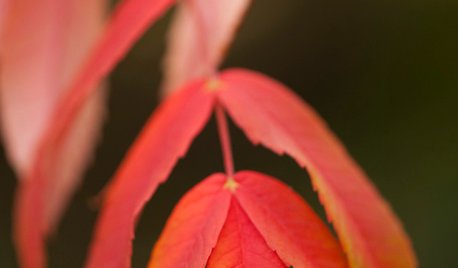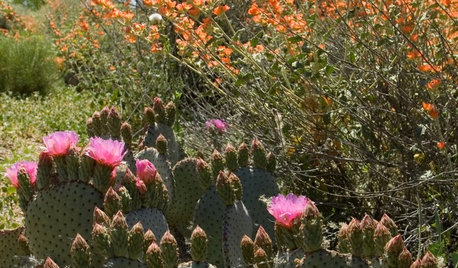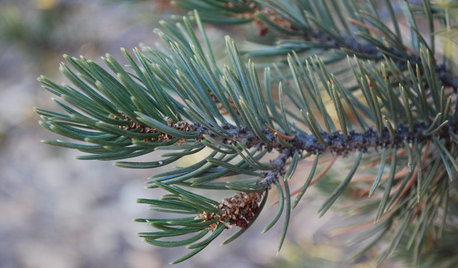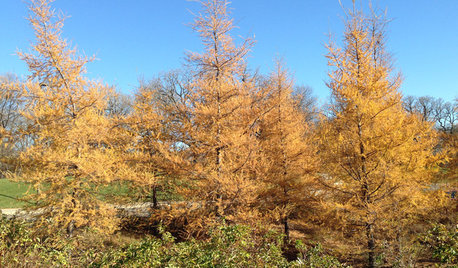why not burn plants
joepyeweed
18 years ago
Related Stories

FIREPLACESUpdated Woodstoves Keep Home Fires Burning
Better technology means more efficiency than ever for modern woodstoves
Full Story
LIVING ROOMSHow to Convert Your Wood-Burning Fireplace
Learn about inserts and other options for switching your fireplace from wood to gas or electric
Full Story
NATIVE PLANTSGreat Native Plant: Grow Wild Quinine for Its Unique Clusters of Blooms
Get connoisseur cred and unique blooms with this uncommon plant. Bonus assets: It’s low maintenance and drought tolerant
Full Story
RED FOLIAGEGreat Design Tree: Staghorn Sumac
This fall superstar burns bright red and orange in the landscape — just keep an eye on its spread while you watch the show
Full Story
GARDENING GUIDESGreat Design Plant: Beavertail Prickly Pear Wows With Color
The dazzling magenta flowers of this cactus will snag your heart — just beware the bristles that can stick in your skin
Full Story
TREESGreat Design Plant: Pinyon Pine
You might just go nuts for this tough evergreen native to the Western U.S.
Full Story
GARDENING GUIDESPlant Black Cherry Trees for the Birds and Bees
Plant Prunus serotina in the Central and Eastern U.S. for spring flowers, interesting bark and beautiful fall color
Full Story
GARDENING FOR BUTTERFLIES3 Ways Native Plants Make Gardening So Much Better
You probably know about the lower maintenance. But native plants' other benefits go far beyond a little less watering and weeding
Full Story
GARDENING GUIDESGreat Design Plant: Larix Laricina Glows Gold in Late Autumn
Plant tamarack for a beautiful late-fall golden display
Full Story
GARDENING GUIDESDo You Have This Invasive Plant in Your Yard?
Garlic mustard is spreading across the U.S. Here’s how to spot it and what to do
Full StorySponsored






john_mo
AbbeysDad
Related Professionals
Cary Landscape Architects & Landscape Designers · Palm Springs Landscape Architects & Landscape Designers · Aurora Landscape Contractors · Jackson Landscape Contractors · Lakeland Landscape Contractors · Allentown Landscape Contractors · Canton Landscape Contractors · Coeur d'Alene Landscape Contractors · Fuquay-Varina Landscape Contractors · National City Landscape Contractors · New Berlin Landscape Contractors · Wareham Landscape Contractors · Centreville Decks, Patios & Outdoor Enclosures · La Palma Decks, Patios & Outdoor Enclosures · Truckee Decks, Patios & Outdoor Enclosuresjohn_mo
ernestm
AbbeysDad
katob Z6ish, NE Pa
ernestm
Vera_EWASH
jamesqf
kscountrygardener
dghays